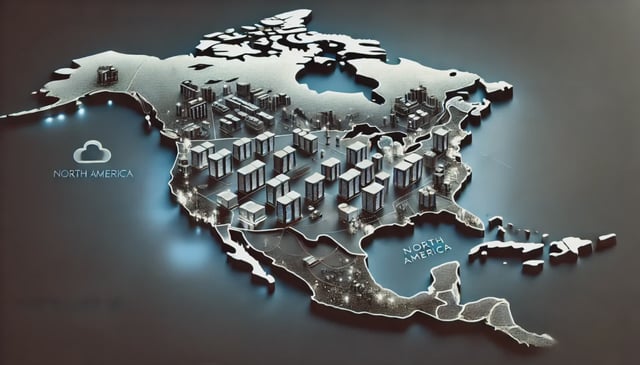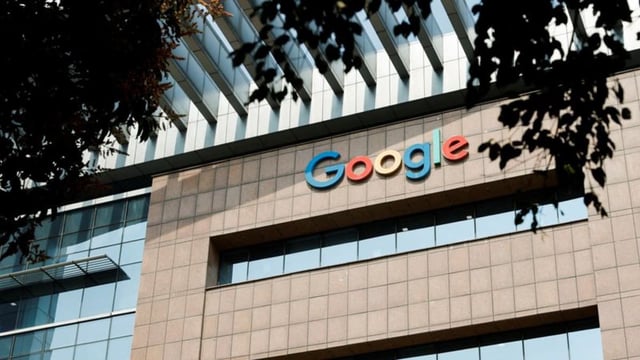Overview
- Google has signed its first formal demand-response agreements with Indiana Michigan Power and the Tennessee Valley Authority to curtail AI data center power consumption during grid peak events.
- The pioneering pacts specifically target machine learning workloads, allowing Google to shift or reduce non-urgent compute tasks when utilities request relief.
- This move expands on a 2023 pilot with Omaha Public Power District where Google curtailed ML workloads during three separate grid strain events.
- Utility leaders say Google’s load flexibility can help manage generation and transmission resources more effectively, potentially reducing the need for new infrastructure.
- Integrating demand-response into Google’s 24/7 carbon-free energy ambition underscores its effort to balance rapid AI growth with grid stability and consumer cost management.



